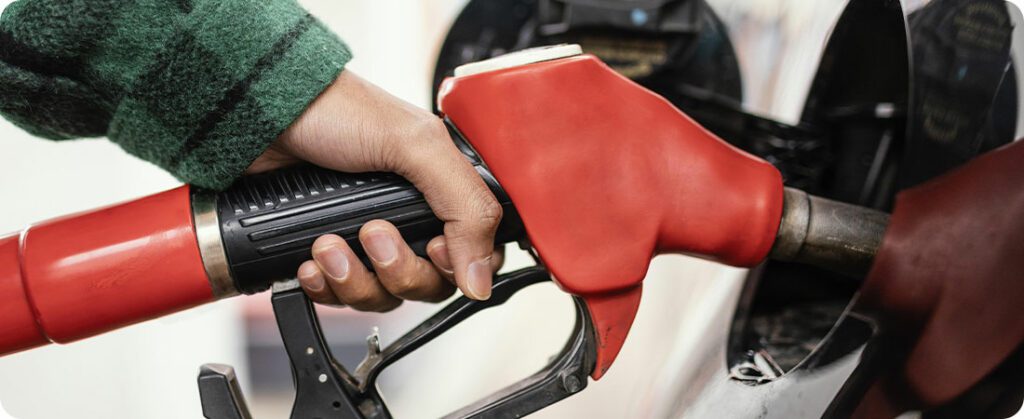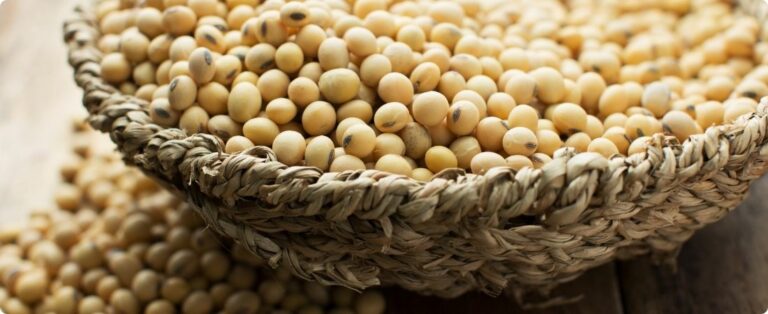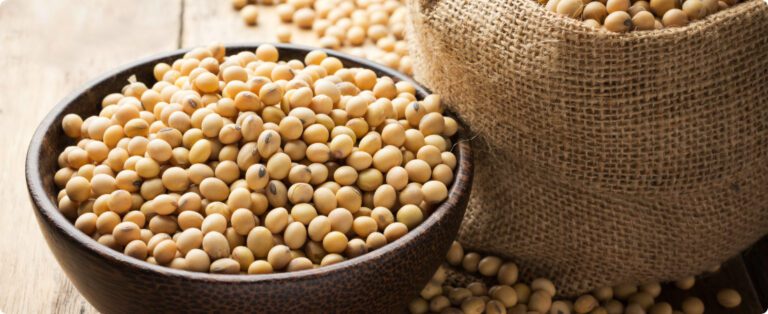
India’s ethanol production surge is being driven by higher blending rates. This increase is expected to reduce local sugar availability. It is also likely to prevent the country from exporting sugar in the 2024/25 season, the report said in a statement by Wilmar, a Singapore-based commodities trading company.
Production context and diversion to ethanol
India, the world's second largest sugar producer, is second only to Brazil. However, local sugar production is increasingly focused on domestic supply. The country diverts a significant portion of the sucrose produced to produce ethanol, aiming not only to reduce oil imports but also to maintain domestic market balance.
Wilmar said on Monday it would divert about 5 million metric tons of sucrose to ethanol production in the 2024/25 season. The Indian government’s goal of increasing ethanol blending rates in gasoline is aimed at reducing dependence on imported oil, contributing to a more sustainable energy mix.
Impact on sugar production and consumption
According to Wilmar's estimates, India's net sugar production will be 27.5 million tons. Domestic consumption, in turn, is projected at 29.5 million tons. To cover this difference, the country will have to use its stocks. As a result, stocks are expected to decrease by 2 million tons, reaching 3.3 million tons by the end of the season.
“Diversion of sugar to ethanol will create a tight supply and demand (S&D) scenario for sugar in India this season,” the trading house said in a press note.
Wilmar noted that in this scenario, India’s sugar exports appear “unrealistic” for the 2024/25 season. Furthermore, the country could face an even tighter sugar market by the end of the season in October 2025, resulting in even lower stocks.
Global scenario and Brazilian production
Prolonged drought in Brazil, the largest sugar producer, is expected to lengthen the off-season and delay crop development to 2025. Given the likely absence of Indian exports, smaller producers around the world will need to meet international sugar demand in the first quarter of 2025, which could significantly impact the global market.
Source: Marcelo Teixeira | Notícias Agrícolas















